News Beat
News Beat reporting is an idrw.org initiative to let our Readers to report News Based on Actual facts but some how has not been reported in Main Stream Media .
SOURCE: RAUNAK KUNDE / NEWS BEAT / IDRW.ORG
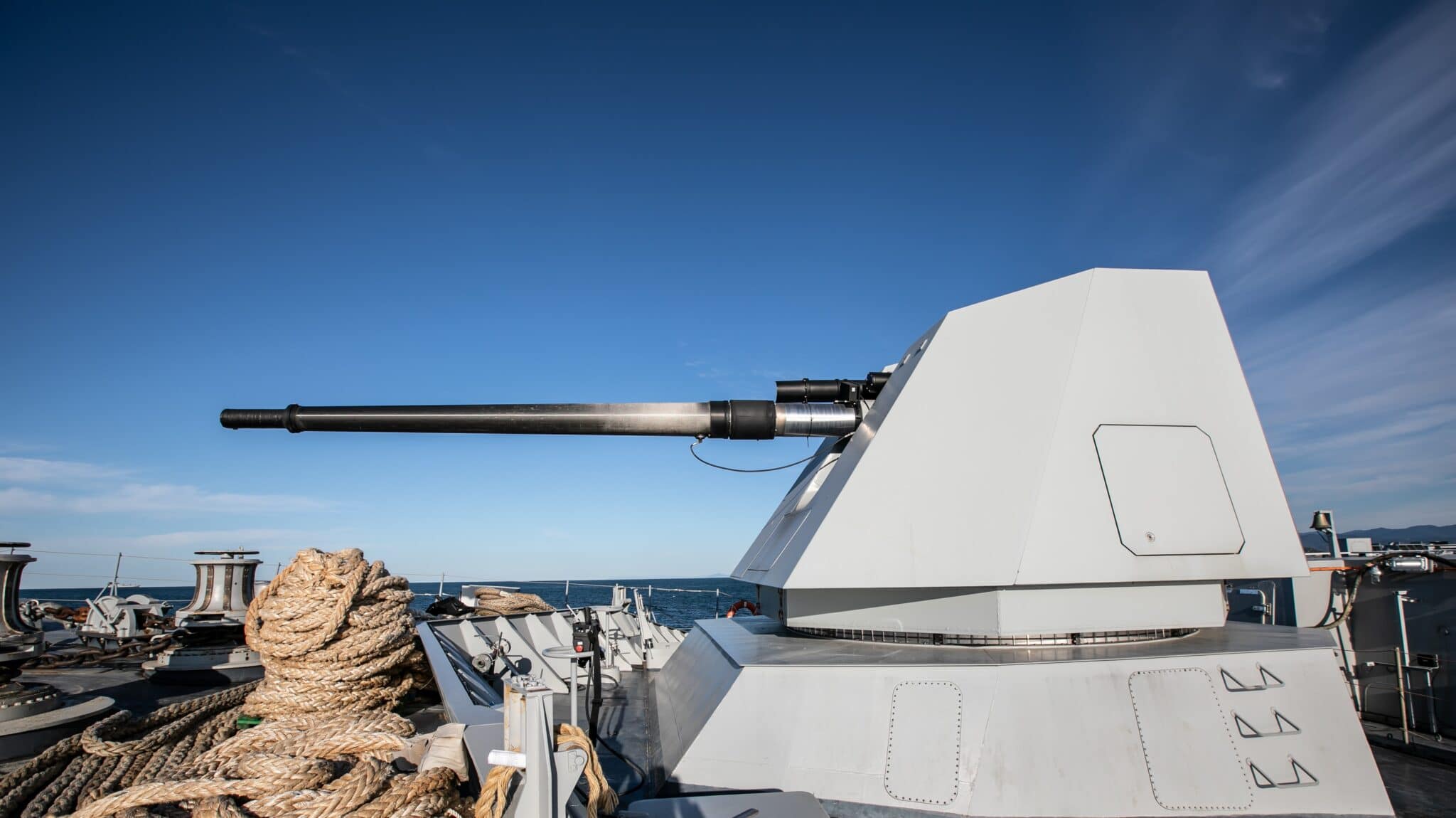

Following the Indian Navy’s decision to cancel the proposed acquisition of 13 MK-45 anti-surface and anti-air gun systems from the US for its 11 under-construction frigates and destroyers, a new plan has emerged. The Indian Navy is now aiming to embrace a larger ‘Make in India’ initiative to develop 127-millimeter (mm) gun systems domestically, instead of pursuing the deal with the US.
The primary reason behind this strategic shift was the high cost associated with the 127mm gun systems procured from abroad. To address this cost concern and promote self-reliance in defence manufacturing, the Indian Navy has decided to embark on an ambitious journey to develop indigenous 127mm gun systems for its naval fleet.
Continue readingSOURCE: RAUNAK KUNDE / NEWS BEAT / IDRW.ORG
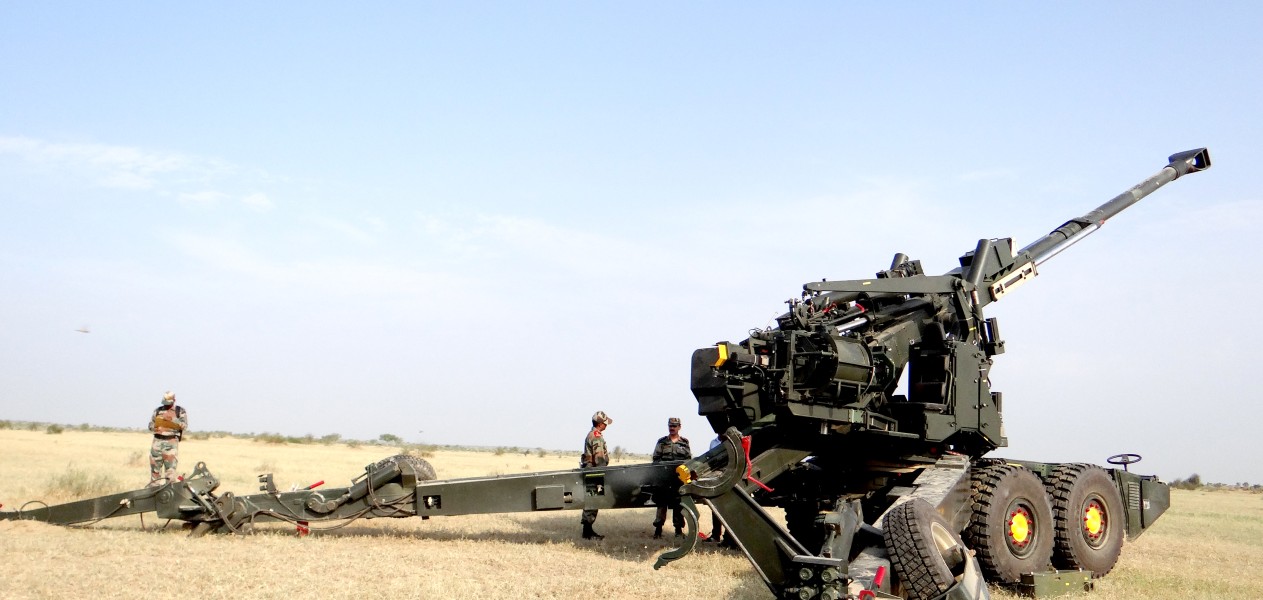

Earlier this year In a significant move towards realizing the ‘Make-in-India’ initiative in the defence sector, the Ministry of Defence received a proposal from the Indian Army to acquire 307 Advanced Towed Artillery Gun Systems (ATAGS). These advanced artillery systems are intended for deployment along the borders with China and Pakistan.
The proposal, valued at over USD 1 billion, is currently under discussion and is expected to gain swift approval, subsequently advancing to the Cabinet Committee on Security for clearance.
Continue readingSOURCE: RAUNAK KUNDE / NEWS BEAT / IDRW.ORG


During the recent G20 Summit held in India, Japanese Prime Minister Fumio Kishida emphasized the importance of deepening cooperation between Japan and India, particularly in the realm of defence. This call for stronger collaboration comes at a time when both nations have escalated their Military-to-Military engagements. Japan, known for its advanced weaponry and defence capabilities, has expressed its willingness to engage in direct government-to-government arms deals with India, signalling a potential shift in its export policies.
Japan’s approach to arms exports has changed in recent years, marked by a desire to expand its reach to countries like India. Previously, due to domestic policies and concerns, Japan was cautious about exporting domestically developed weapons systems. One notable example was the shelved deal involving the ShinMaywa US-2, a large Japanese short takeoff and landing amphibious aircraft, which the Indian Navy had considered purchasing. The cancellation of this deal was attributed to overall cost concerns and limited platform requirements.
Continue readingSOURCE: RAUNAK KUNDE / NEWS BEAT / IDRW.ORG
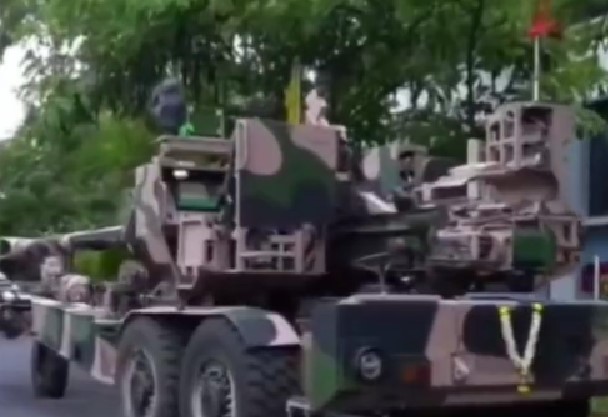

In a significant development, Bharat Forge’s Chairman and Managing Director, Baba Kalyani, confirmed the company’s successful delivery of six 155-millimeter Advanced Towed Artillery Gun System (ATAGS) artillery guns to Armenia last month.
This delivery aligns with a substantial order placed by Armenia for a total of 90 ATAGS units, valued at $155.5 million (approximately ?1,265 crore). The contract stipulates the phased shipment of an additional 84 ATAGS guns over the next three years, with Bharat Forge aiming to complete deliveries ahead of schedule.
Continue readingSOURCE: RAUNAK KUNDE / NEWS BEAT / IDRW.ORG
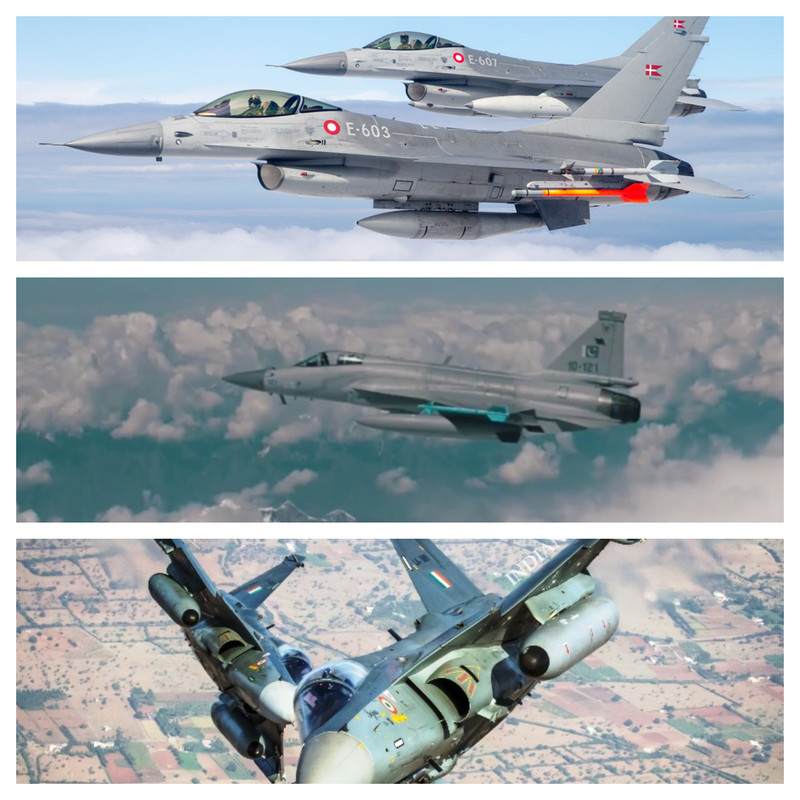

Argentina’s pursuit of enhancing its air combat capabilities with Ex-Danish F-16A/B fighter jets faces several challenges, particularly concerning the acquisition of advanced Beyond Visual Range Air-to-Air Missiles (BVRAAMs). While the U.S. Congress has approved the sale of these fighter aircraft to Argentina, it remains non-committal regarding the provision of the latest AMRAAM series of BVRAAMs. This reluctance is attributed to both the ageing nature of the F-16 platforms and potential objections from the United Kingdom.
The Ex-Danish F-16A/B fighter jets, specifically the Block 15/20 MLU variants, can be equipped with AIM-120C5 BVRAAMs, which offer a respectable interception range. However, the Argentine Air Force has expressed a preference for Israeli-developed Python-5 and Derby missiles to be integrated into these F-16s. This choice is influenced by concerns about potential restrictions on the sale of additional weapons at a later stage.
Continue readingSOURCE: RAUNAK KUNDE / NEWS BEAT / IDRW.ORG


The Indian Navy is making significant strides in modernizing its fleet of submarines by adopting advanced lithium-ion battery technology. The Naval Science and Technological Laboratory (NSTL) has taken the lead in developing lithium-ion batteries compatible with submarines, a major upgrade from the existing lead-acid batteries.
NSTL recently called for Expressions of Interest (EOI) from Indian battery manufacturers with the capability and willingness to absorb technology transfer and engage in the production, certification, and supply of Lithium-ion (Li-ion) battery systems based on High Power Lithium-ion Battery Technology (HPLBT). The goal is to manufacture, test, and evaluate 25 Ah Li-ion cells to ensure their safe operation in defence applications.
Continue readingSOURCE: RAUNAK KUNDE / NEWS BEAT / IDRW.ORG
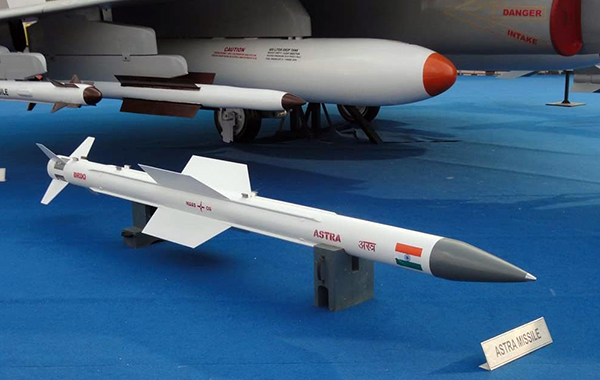

In a strategic move to bolster its defence capabilities, the Indian Air Force (IAF) has initiated collaboration with Dassault Aviation, the manufacturer of Rafale fighter jets. The objective is to integrate advanced Indian-made weaponry, specifically the ‘Astra Air-to-Air Missile,’ into these combat aircraft. This integration represents a significant step forward in enhancing the Rafale’s combat capabilities.
Under this collaboration, the IAF will take responsibility for the costs associated with integrating the Astra Beyond Visual Range air-to-air missile onto the Rafale aircraft. Dassault Aviation will be tasked with developing the essential software codes required for seamless interaction between the missile and various sensors and avionics onboard the fighter.
Continue readingSOURCE: RAUNAK KUNDE / NEWS BEAT / IDRW.ORG


India’s Defense Research and Development Organization (DRDO) is forging ahead with ambitious Airborne Early Warning and Control System (AEW&CS) programs, Netra MkII aimed at upgrading India’s AEW&CS capabilities. DRDO’s Center for Airborne Systems (CABS) is spearheading this initiative, which involves the conversion of six pre-owned A321 aircraft from Air India into AEW&CS platforms.
These aircraft will be equipped with a dual-sided antenna array housed in a dorsal ‘plank’ fairing, similar to the Netra MkI. However, significant improvements in search and tracking capabilities will be achieved, thanks to the higher power output from the aircraft’s advanced engines.
Continue readingSOURCE: RAUNAK KUNDE / NEWS BEAT / IDRW.ORG
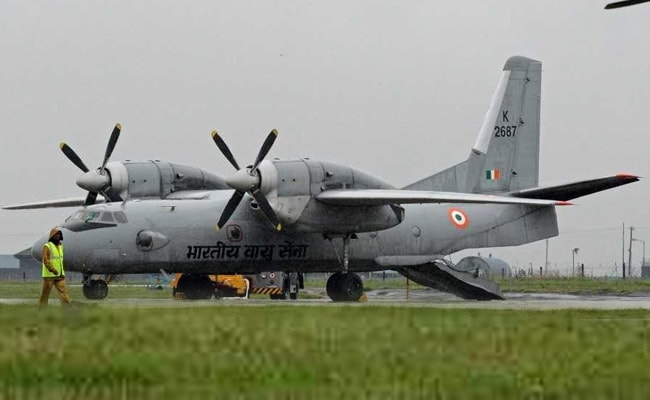

The Indian Air Force (IAF) has embarked on a mission to find a suitable replacement for its ageing AN-32 transport aircraft, as the earliest members of this fleet are set to mark 44 years in service by 2031-32. The AN-32, initially introduced in 1986, has served the IAF diligently for decades, but with the passage of time and the collapse of the Soviet Union, the aircraft’s reliability and availability have been increasingly compromised.
While the AN-32 was known for its robust performance and powerful engines, the challenges of sourcing spare parts and addressing obsolescence issues have taken a toll on its longevity. In response to these concerns, an ‘upgrade’ initiative was proposed in 2009 to enhance the aircraft’s structural integrity, avionics, and communication systems.
Continue readingSOURCE: RAUNAK KUNDE / NEWS BEAT / IDRW.ORG
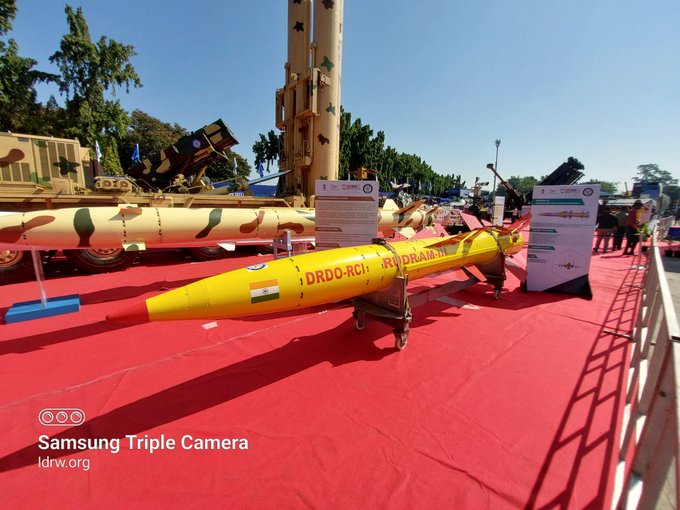

Hindustan Aeronautics Limited, Nashik Division, is gearing up for a series of critical activities to carry out Captive Trials of RudraM-III Air to Surface Missile aimed at enhancing the capabilities of the Su-30 MKI aircraft. These trials will involve various modifications and installations on the aircraft to enable the integration of advanced technologies and munitions.
Su-30 MKI aircraft, designated as SB-214, will undergo activation of trial modifications at stations No. 5 and 6. SB-214 was also used to test Astra BVRAAM and NGARM advanced missile systems in past.
Continue readingSOURCE: RAUNAK KUNDE / NEWS BEAT / IDRW.ORG

General Electric (GE) is poised to secure a substantial order for 120 F404-GE-IN20 engines as the Hindustan Aeronautics Limited (HAL) and the Indian Air Force (IAF) prepare to finalize a deal for the supply of more than 100 LCA-Tejas Mk1A fighter jets, expected to be signed next year. This development follows HAL’s 2021 contract with GE Aviation, valued at $716 million, for 99 F404 engines to power 73 LCA-Tejas Mk1A and 10 Tejas Mk1A Trainer aircraft.
To date, 75 F404 engines have been delivered, and an additional 99, also valued at $716 million, are on order for the Tejas Mark 1. GE Aviation is set to commence deliveries of the first batch of F404-GE-IN20 engines later this year, with ongoing deliveries coinciding with the production of LCA-Tejas Mk1A jets.
Continue readingSOURCE: RAUNAK KUNDE / NEWS BEAT / IDRW.ORG
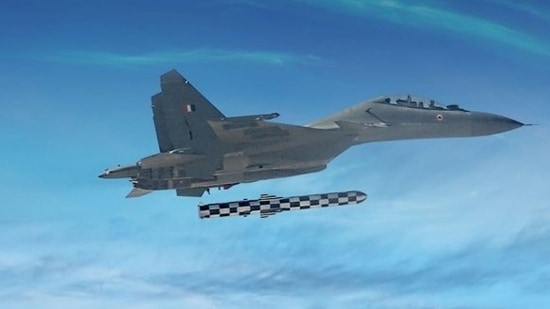

In a significant development for India’s military aviation capabilities, the country is set to test a Common Launcher designed for its Su-30MKI fleet in the coming year. This launcher, which has been in development for some time, aims to revolutionize the flexibility and efficiency of weapon integration into the Su-30 aircraft.
The concept for the Common Launcher was conceived last year when the Indian Air Force identified the need for a versatile launcher that could accommodate various weapons and pods for different mission requirements under the Make-II (Industry Funded) initiative.
Continue readingSOURCE: RAUNAK KUNDE / NEWS BEAT / IDRW.ORG


In a recent interview with Indian media outlet NDTV, Ajuri Ngelale, spokesperson for Nigeria’s President Bola Tinubu, expressed Nigeria’s keen interest in acquiring Indian defence technology, including the Light Combat Aircraft (LCA) Tejas. Ngelale also mentioned Nigeria’s interest in technology transfers related to drones and more advanced armoured personnel carriers.
Nigeria’s Armed Forces have been actively modernizing their defence capabilities, with a particular focus on air superiority and ground attack capabilities. The Nigerian Air Force (NAF) currently operates a range of advanced fighter jets, including the JF-17, F-7Ni, A-29 Super Tucanos, and the Alpha Jet. These aircraft are capable of engaging both aerial and ground threats, ensuring Nigeria’s air superiority.
Continue readingSOURCE: RAUNAK KUNDE / NEWS BEAT / IDRW.ORG


JSR Dynamics Private Limited, a Nagpur-based private limited company, has secured a significant victory by winning the Indian Navy Open Challenge 8.0 for the development of a Long Range Powered Precision Guidance Munition. This achievement underscores the company’s commitment to advancing India’s defence capabilities and highlights its innovative approach to munition technology.
JSR Dynamics: A Pioneer in Defense Technology JSR Dynamics, led by Air Marshal (Retd) SB Deo, has emerged as a key player in India’s defence technology landscape. The company specializes in the development and manufacturing of a wide range of defence systems, including glide bombs, range extension kits, cruise missiles, and loitering munitions. With a strong focus on research and innovation, JSR Dynamics has become a formidable force in the defence sector.
Continue readingSOURCE: RAUNAK KUNDE / NEWS BEAT / IDRW.ORG

India’s Akash-NG (Next Generation) surface-to-air missile system, a short-range mobile system with a range of up to 30 kilometres, is gearing up for confirmatory trials later this year in a near-production standard variant. This development comes after the successful testing of the system in 2021, marking a significant advancement in India’s air defence capabilities.
Earlier this year, Bharat Dynamics Limited (BDL) achieved a crucial milestone by delivering the first Radio Frequency (RF) Seeker of the Akash-NG Weapon System. This RF Seeker, produced at BDL’s newly commissioned state-of-the-art Seeker Facility Centre (SFC), was handed over to the Defence Research and Development Organization (DRDO). The RF Seeker is a pivotal and technologically advanced subsystem used in Surface-to-Air Missiles (SAMs) and Air-to-Air Missiles (AAMs) for target tracking during the terminal phase of flight.
Continue reading